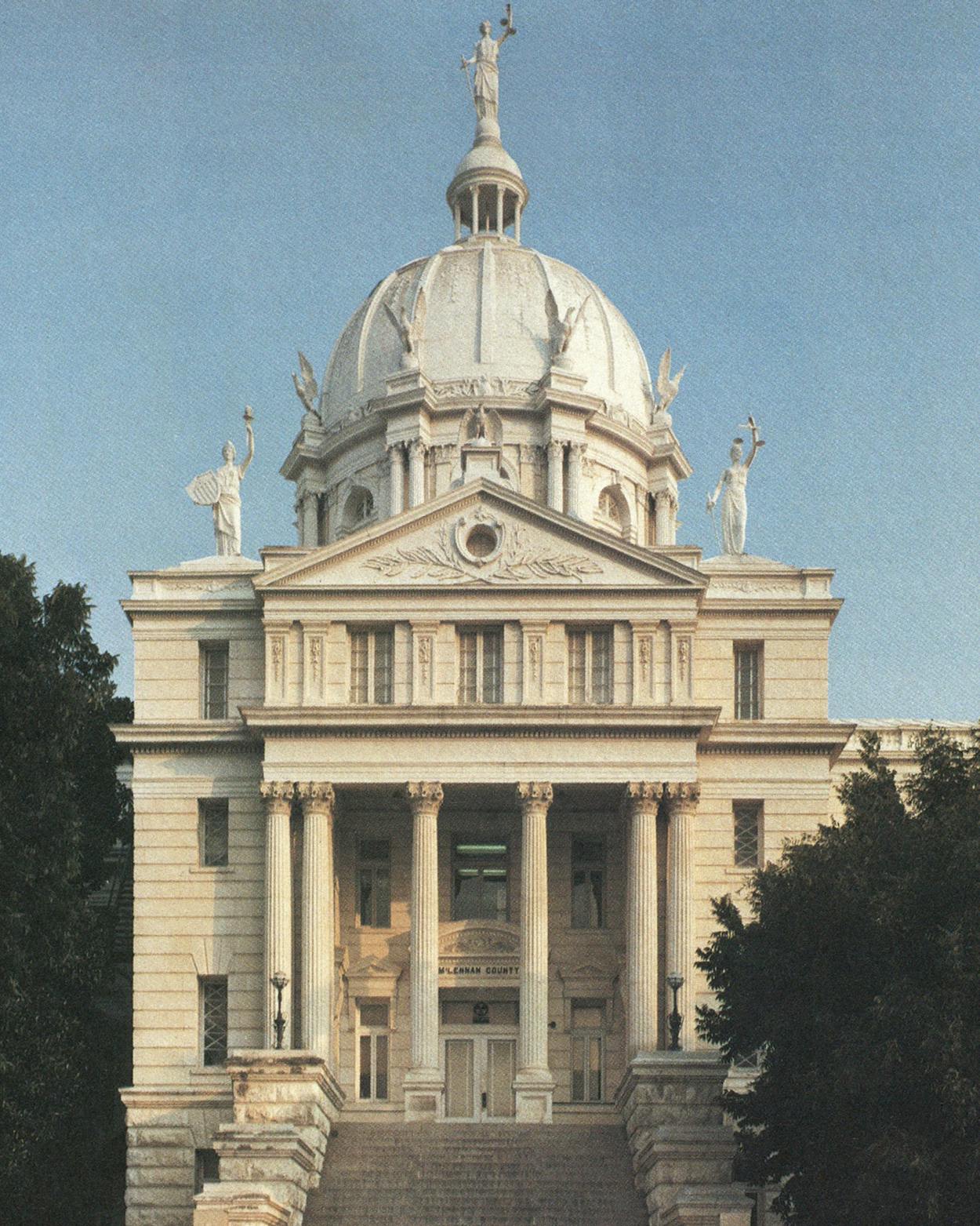This story is from Texas Monthly’s archives. We have left it as it was originally published, without updating, to maintain a clear historical record. Read more here about our archive digitization project.
One of the first things visitors notice about Texas is its county courthouses, the seemingly endless profusion of ornate nineteenth-century structures that one stumbles upon everywhere—from the deep Piney Woods to the desolate plains to the chrome and glass hearts of the cities. Only the most casual observer fails to comment on them; they linger in the memory among the cluster of images that mean Texas.
Counties have fallen on hard times lately, their influence declining in proportion to the growing power of city governments. But in their heyday, when Texas was overwhelmingly rural, counties were the state’s most vital form of government, and the temple of justice was the hub of all activity—governmental or otherwise—that mattered. Once a week, usually on Monday, people from the far corners of the county gathered at the courthouse to watch the wheels of the judicial system turn, to attend to business, swap opinions, and catch up on the latest gossip. The courthouse witnessed the vagaries of its makers’ daily affairs; its lofty chambers housed the chronicles of all that made their lives momentous: registers of births and marriages and deaths, trial records, deeds to the land.
Counties and county courthouses had dominated the lives of Texas’ founders from the days of the Republic, but it was not until 1881, when the Legislature authorized county commissioners to issue bonds to finance courthouse construction, that the real golden age of the temples of justice began. Townships in each county vied for the honor of being named the county seat—and for the economic boom that was bound to follow. Rivalries extended beyond county lines as well: residents of neighboring counties competed furiously to build the most imposing edifice.
Vital as these social and financial considerations were to a county’s residents, the courthouse’s symbolic role was more important still: it was visible proof of their success in hewing some semblance of civilization out of a brutal land. Its bulk and grandeur made tangible their collective achievement. Designers borrowed liberally from the monumental architecture of the past. Decorative Victorian Gothic was favored by early builders; profuse Italianate and Second Empire were used extensively in the 1880s; the charm of Romanesque Revival dominated the Gay Nineties; and a more severely classical academic style came into vogue around the turn of the century. But all these architectural styles were intended to reflect the best qualities of the people themselves, their substance and dignity and their energy and exuberance: pride in the present and hope for the future.
It was this symbolic power of courthouses that most attracted Geoff Winningham, who took the photos on these pages. He began photographing the courthouses in black and white in 1976 on an assignment for the Horizon Press. When that project was finished, he returned to photograph many of them in color, drawn by the spirit they embody, an expression of a kind of community pride that is lost to us in our suburban commuterhood. In these photos he pays tribute to that pride, to the frontier spirit of optimism and hope that built these “wonderful anachronisms.” Victoria Loe
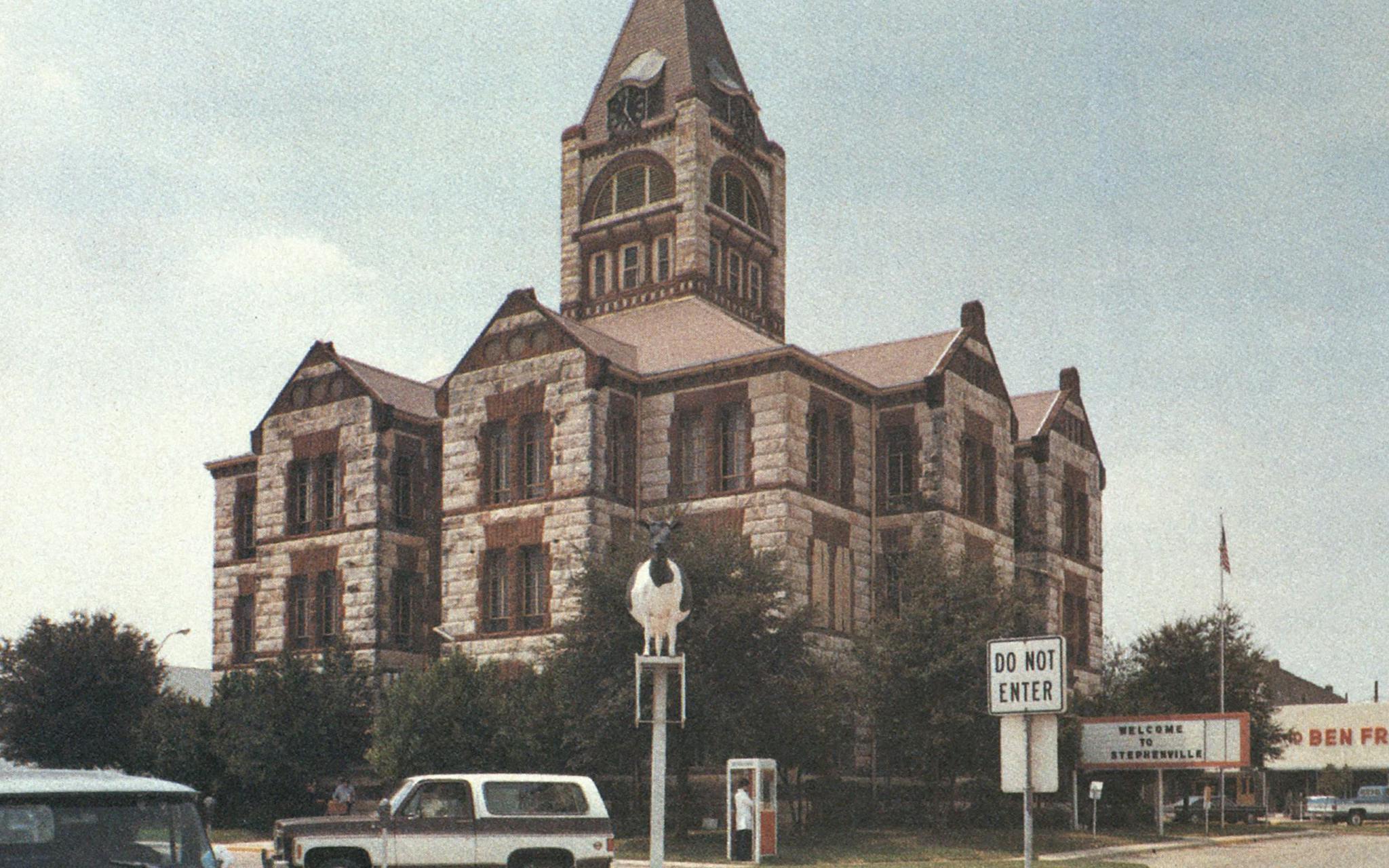
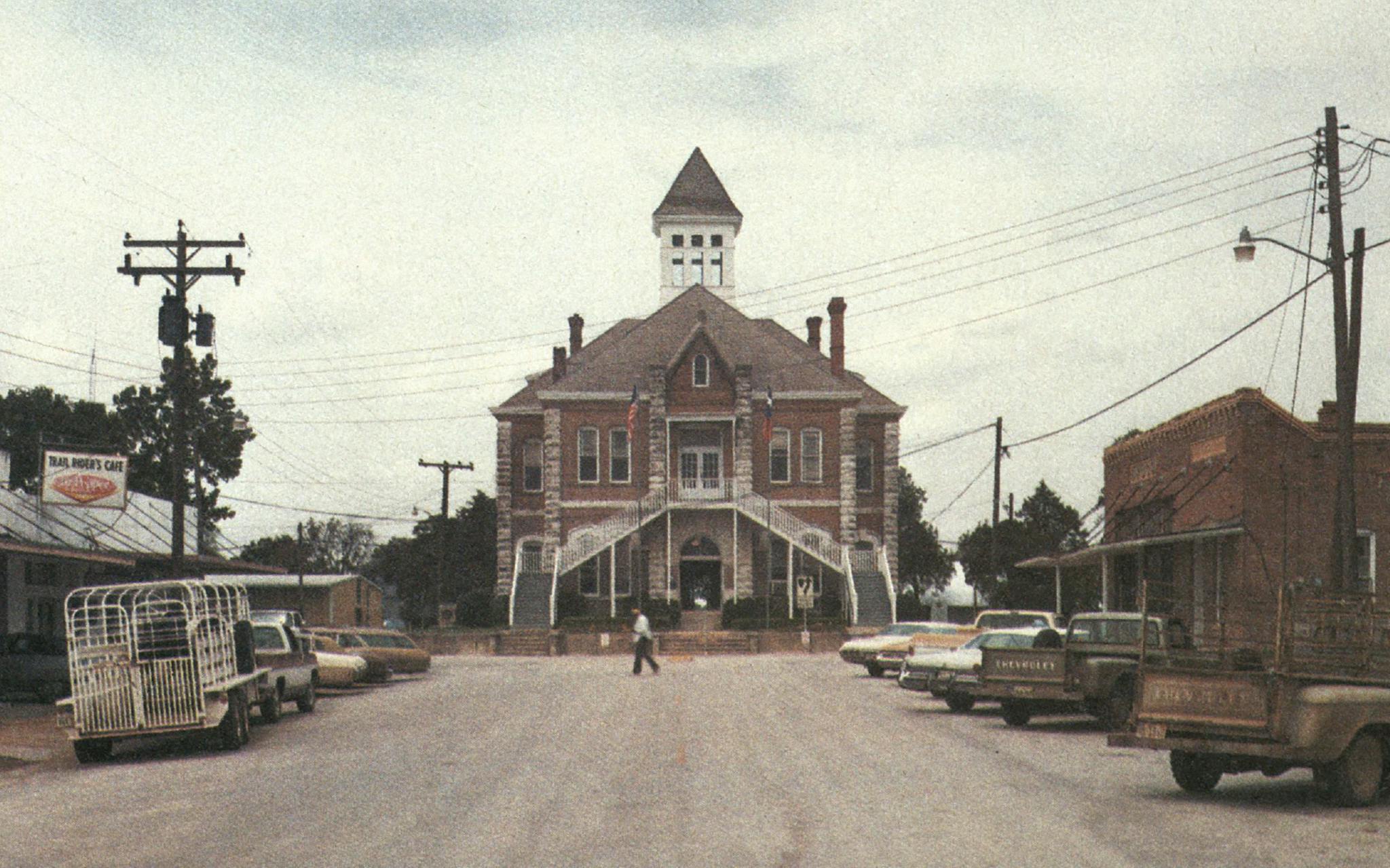
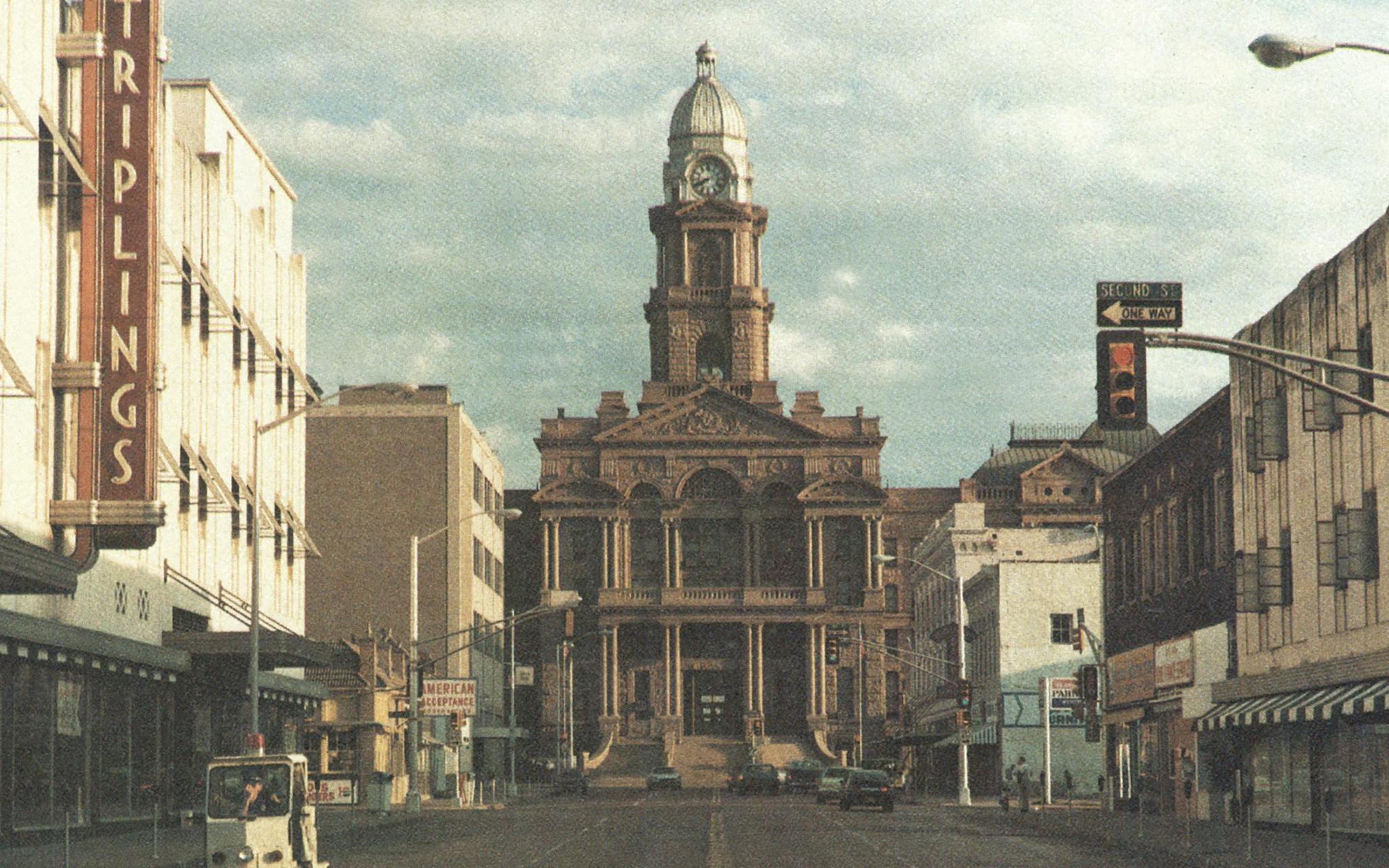

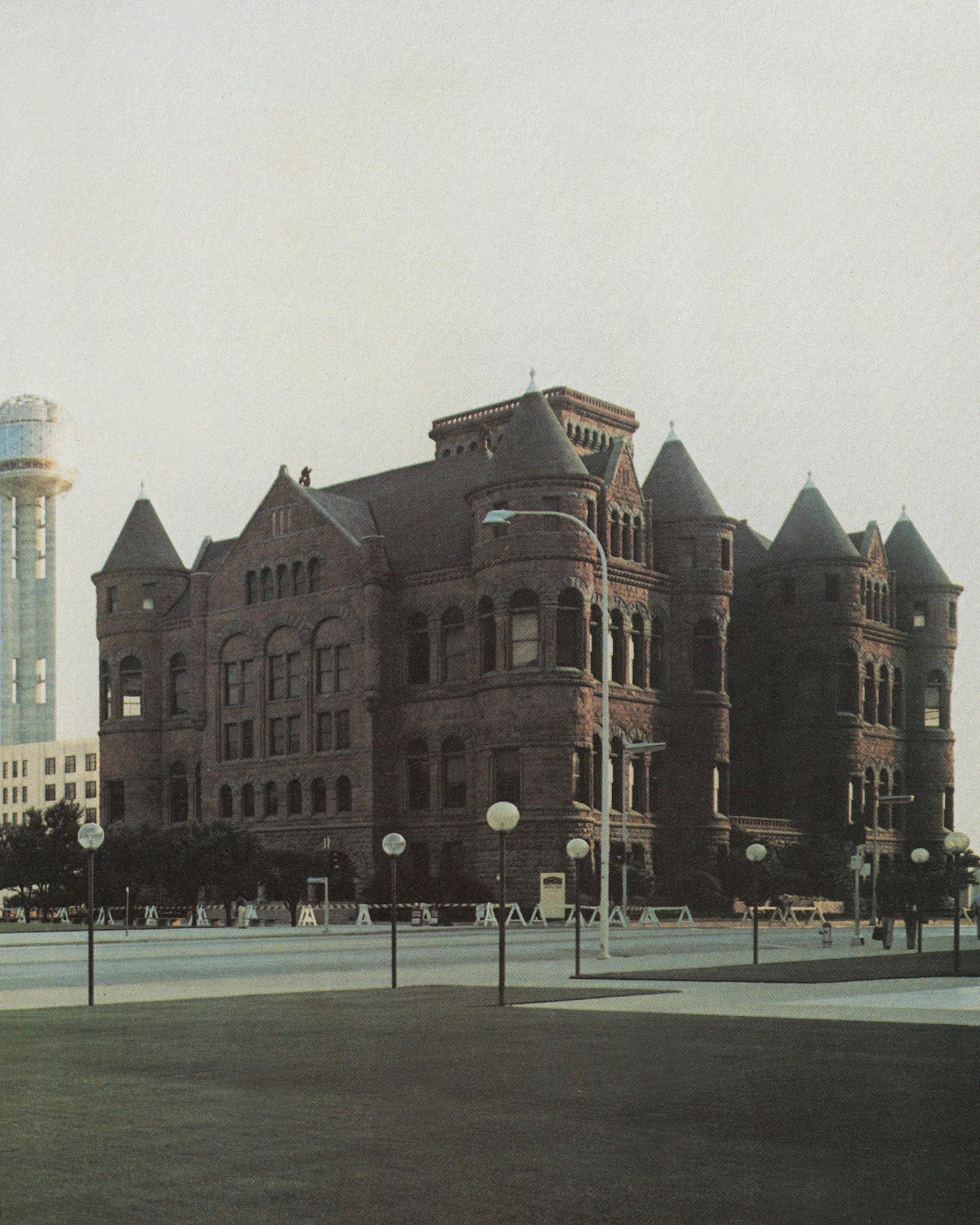
- More About:
- TM Classics
- Photo Essay
